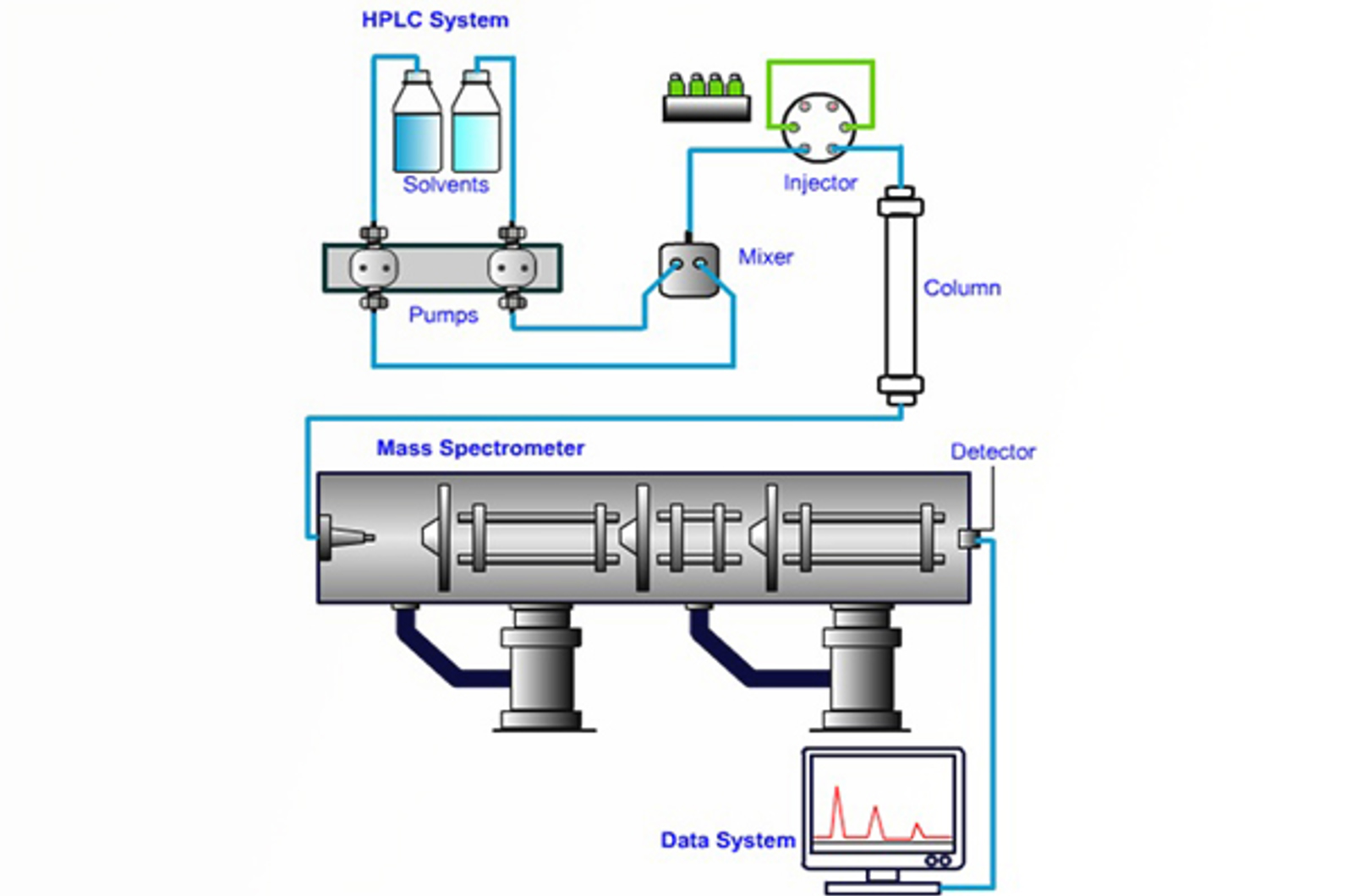Fundamentals of LC-MS Video Training Course
Accredited by

This course is accredited by the Royal Society of Chemistry & American Chemical Society - Analytical Division.

This course has been designed for anyone who is either new to LC-MS, or who wishes to expand their current knowledge and understanding about the technique as a whole.
All aspects of the technology and system are covered - from an overview of a typical HPLC system and important considerations when combining this separation technique with detection by mass spectrometry, all the way through the various atmospheric ionization processes and the different mass analyzers that are available. The main focus is on fundamental concepts but important practical aspects and some basic troubleshooting will also be introduced.
Session 1:
We will begin the course with a general overview of LC-MS as an analysis technique, what the benefits are, and what sort of samples the technique is best suited to.
We will then move on to a more in-depth look at the HPLC section of this hyphenated technique – concentrating on common parts that make up a typical HPLC system and how they work together to deliver successful chromatographic separations.
The session will conclude with a comprehensive overview of the three predominant mechanisms for generating gas phase ions using atmospheric pressure ionization; atmospheric pressure chemical ionization (APCI), atmospheric pressure photoionization (APPI), and electrospray ionization (ESI). We will discuss the similarities and differences between the methods, as well as which is best suited to the different sample types.
Session 2:
In this session we will consider the next section of the mass spectrometer, after the production of gas phase ions and their declustering in the interface, the mass analyzers.
All of the most common mass analyzer types, from quadrupoles through to time-of-flight instruments to orbitraps will be included and will be discussed in detail.
The different types of experimental data acquisitions (scan, SIM, SRM, and neutral loss) will also be explained, with reference to differences between triple quadrupoles, single quadrupole, and ion trap based instruments.
Session 3:
Session 3 returns to the HPLC side of this analysis method, with detailed discussions on the effects that various aspects of the LC separation may have on your MS data.
We will include effects of solvent type and the common LC additives, for both ESI and APCI ionization – looking at their effect on ionization efficiency, desolvation, and adduct formation.
In the second part of this session we take a look at other important components of typical mass spectrometers.
We will briefly describe how the detector itself works, illustrating the importance of controlling how ions travel through the mass spectrometer. We will then discuss the vacuum system and the importance of this. Some general maintenance hints and tips will be included.
Session 4:
In session 4 we will concentrate on the data produced during typical LC-MS analyses and give an overview of data interpretation and structural elucidation from MS/MS data.
The course concludes with a summary of the many parameters and considerations that require optimization to obtain the best possible data from your LC-MS analyses. Using the information from the earlier sessions we will assess factors such as optimizing the sprayer position and voltages, as well as the effects of eluent flow rates and pneumatic assistance.
The session concludes with a summary of key guidelines to achieve the best LC-MS data with your samples.

